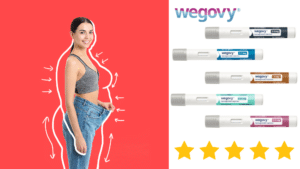Summer can be a joyful time, but it can also have negative effects on your health due to the heat. Keeping hydrated and regulating body temperatures become challenging during hot weather. It is crucial to be aware of various heat-related illnesses such as heat stroke and heat exhaustion. Heatstroke is a severe medical emergency that occurs when the body is unable to cool itself. Heat exhaustion, which is a precursor to heat stroke, indicates that your body requires recovery from the heat to avoid further complications.
Signs of heat exhaustion include physical weakness, excessive sweating, faint pulse, nausea or vomiting, and pale or clammy skin. These symptoms demonstrate the body’s attempt to cool down through perspiration, but it struggles against the intense heat. Failing to take proper steps to recover during this stage greatly increases the risk of developing heatstroke.
Heat Stroke Prevention
To prevent heat exhaustion from escalating to heat stroke, it is important to remove yourself from the heat and seek shade or air conditioning whenever possible. Adequate hydration and physical rest are crucial for the body to recover and regain its balance. However, prolonged exposure to heat will likely result in heatstroke.
Seek immediate emergency treatment if you experience symptoms of heatstroke, such as an abnormally high body temperature ranging from 103 to 105 degrees Fahrenheit, a racing pulse, loss of consciousness, hot and red skin to the touch, and absence of sweat.
Occupational Safety and Health Administration (OSHA) advises exercising caution when temperatures go beyond 91°F. You must consider several factors such as humidity, air circulation, physical activity level, clothing thickness and breathability, and direct sun exposure. These factors collectively contribute to the risk of heat exhaustion or heat stroke.
Stay Informed and Nurture Your Health with Our Blog’s Expert Advice!
Stay up to date and nurture your wellbeing by exploring our blog posts. Get the latest information and valuable tips to stay informed, take care of your health. Visit our blog now for expert advice and guidance.









